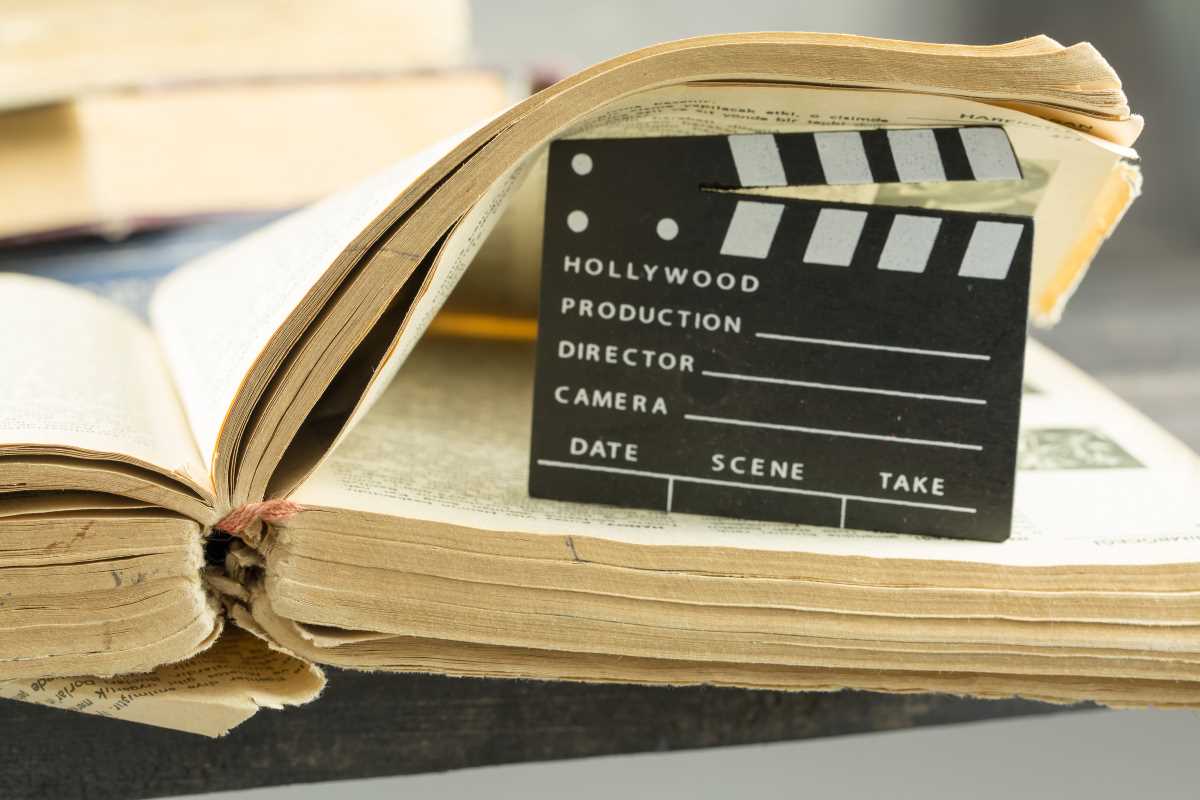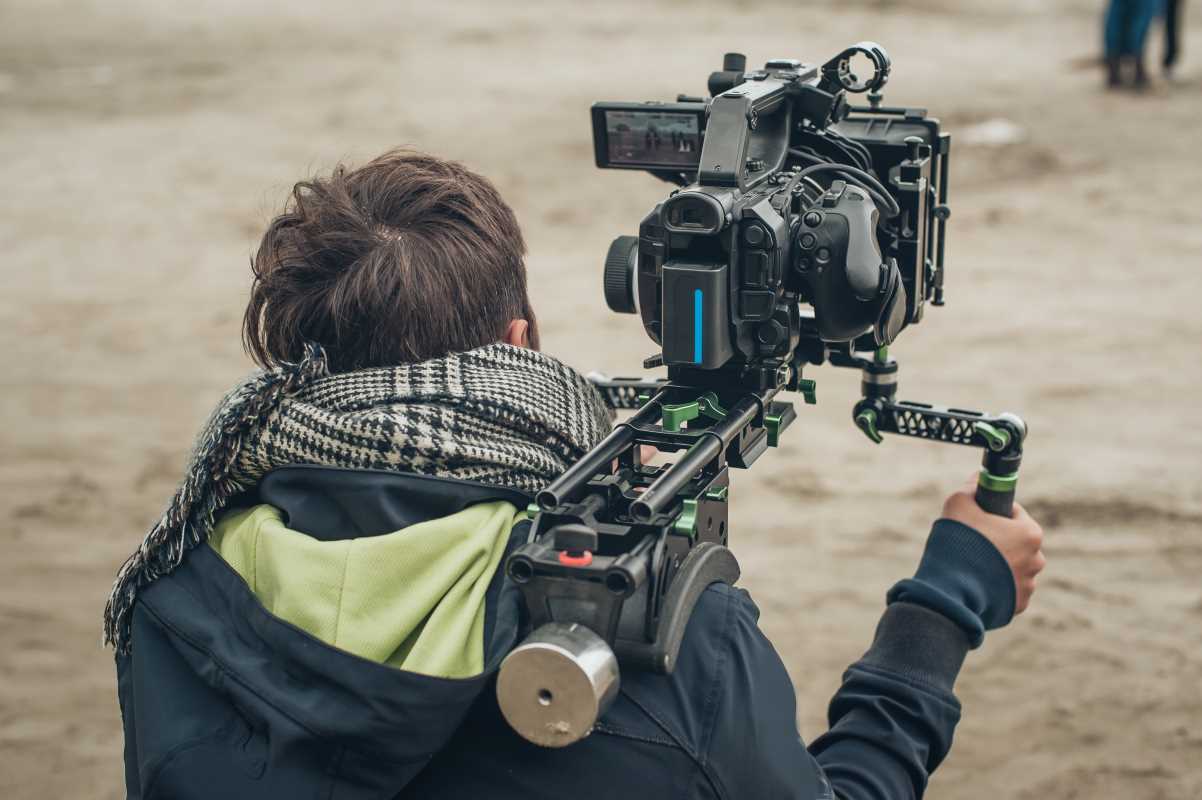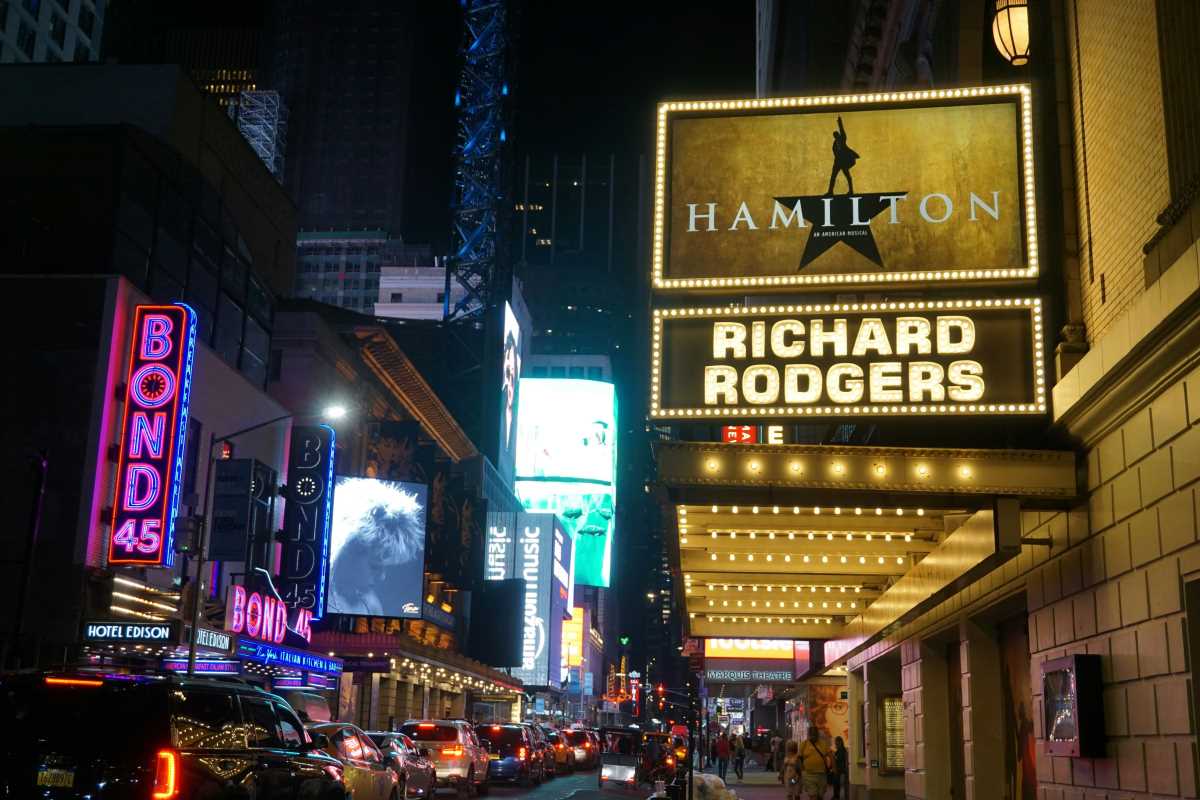Stories from classic literature captivate readers across generations, drawing them into unforgettable worlds filled with romance, mystery, and adventure. When filmmakers and animators adapt these beloved books into films or animated features, they invite new audiences to discover the magic that has inspired readers for centuries. Through these adaptations, familiar characters and settings gain new dimensions, while the essence of the original works remains intact. As a result, people who may never have picked up the book find themselves immersed in timeless tales, experiencing the wonder and excitement that classic stories continue to offer.
Every adaptation is a celebration, an invitation to experience the depth of characters and plotlines through a modern lens. With creative visuals and innovative storytelling techniques, filmmakers reimagine these classic narratives, ensuring that each adaptation resonates with fresh energy and relevance, and even adds a delightful twist that can pair well with a hearty meal or a night of cultural exploration.
Reasons Classic Stories Stay Popular in Modern Films
Classic tales continue to captivate our imaginations because of their timeless themes, multifaceted characters, and intricate narratives. The universal struggles and triumphs depicted in these stories speak to human emotions across different eras, making them perfect candidates for modern reinterpretation. Their ability to bridge generations and cultures has helped them remain influential well into the present day.
Some reasons behind their popularity include:
- Themes of love, conflict, and redemption that remain relevant.
- Complex characters whose struggles mirror real-life experiences.
- Versatile narratives that allow directors to inject contemporary elements.
- The blend of poetic storytelling with dramatic visuals that appeals to varied tastes.
8 Classic Literature Films You Should Watch
Here is a carefully curated list of eight adaptations that marry the charm of classic literature with the dynamism of the silver screen.
- Pride and Prejudice by Jane Austen – Adapted as Pride & Prejudice (2005), this film captures the understated wit and social intricacies of the original novel. The movie dazzles viewers with its sweeping cinematography and spirited performances that rejuvenate Austen’s enduring storyline.The adaptation impresses with its beautiful period costumes and carefully choreographed scenes that evoke the elegance of the era, making every moment feel both intimate and grand.
- Jane Eyre by Charlotte Brontë – The adaptation Jane Eyre (2011) offers a brooding yet tender interpretation of the classic tale. Its moody visuals and passionate performances invite viewers into a world of mystery, struggle, and profound love. This version shines a light on Jane’s resilience and internal strength, while the atmospheric settings intensify the narrative’s emotional heft.
- Wuthering Heights by Emily Brontë – In the 1992 adaptation of Wuthering Heights, viewers are immersed in a tempestuous love story laced with haunting landscapes and raw emotions. The film captures the harsh beauty of the moorlands as a perfect backdrop for the passionate, tortured romance. The director uses striking visuals to mirror the internal turmoil of the characters, creating a memorable and immersive experience that leaves a lasting impression.
- Great Expectations by Charles Dickens – The film Great Expectations (1998) translates Dickens’s intricate narrative into a visually arresting journey filled with twists and moral dilemmas. It skillfully balances the gloomy atmosphere of 19th-century England with moments of personal transformation. This adaptation captivates with its clever reinterpretation of social class and ambition, inviting audiences to reflect on the complexities of human desire and consequence.
- The Great Gatsby by F. Scott Fitzgerald – Baz Luhrmann’s rendition, The Great Gatsby (2013), explodes with lavish visuals and a pulsating soundtrack that breathe life into the Jazz Age. The film captures the extravagance and disillusionment inherent in Fitzgerald’s work. Its dynamic style, filled with colorful party scenes and fluid camera movements, turns the classic narrative into a vibrant visual feast that continues to inspire conversations about beauty and excess.
- To Kill a Mockingbird by Harper Lee – The 1962 adaptation of To Kill a Mockingbird remains a pinnacle in cinematic storytelling. Gregory Peck’s iconic performance embodies moral courage, while the film’s nuanced portrayal of racial and social issues remains relevant today. The movie’s ability to convey deep-seated themes through subtle yet powerful imagery confirms its status as a timeless piece that stimulates both emotional and intellectual responses.
- 1984 by George Orwell – The film 1984 (1984) engages viewers with its stark, dystopian vision that mirrors Orwell’s cautionary tale. Its bleak depictions and haunting symbolism lend gravity to a story that warns about the perils of authoritarianism. Through its intense visual style and deliberate pacing, the adaptation draws audiences into a world that is as eerie as it is thought-provoking, urging a reflection on freedom and control.
- Little Women by Louisa May Alcott – The 2019 version of Little Women is a tender yet spirited recounting of sisterhood and the pursuit of identity. It modernizes Alcott’s narrative while keeping the essence of familial love and individual ambition at its core. The film’s warm color palette and naturalistic performances lend a fresh energy to a beloved story, making it resonate with viewers through its honest depiction of everyday struggles and dreams.
How Directors Recreate Classics in Films
Filmmakers often rework classic stories by adding contemporary touches, ensuring that the stories connect with today’s viewers. They update settings, modify character arcs, and try different narrative structures while respecting the original themes. This careful approach transforms well-known stories into experiences that feel both nostalgic and fresh.
They use various techniques to highlight current social issues, sometimes changing dialogue or even characters’ motivations to deepen the story’s relevance for modern audiences. This lively reimagining not only honors the original work but also opens new ways to interpret the stories, encouraging viewers to see familiar tales in a new light.
Animation and Visual Storytelling in Classic Literature Films
Animation and creative visual storytelling offer a special way to capture the spirit of classic works. These adaptations take bold stylistic choices, using imaginative visuals to create lively, fantastical worlds that appeal to a wide audience. Many incorporate magical elements with a playful approach, keeping the core of the original story while presenting it in unexpectedly beautiful ways.
Dynamic visuals help bring to life ideas that might otherwise stay static on the page, making complex concepts easier to understand through inventive imagery. Notable examples include:
- Alice in Wonderland: Disney’s animated version of Lewis Carroll’s whimsical story turns familiar characters and settings into a vivid, surreal world.
- The Jungle Book: This animated version transforms Kipling’s classic into a burst of colorful animation, where every scene is full of energetic storytelling.
The creative exchange between classic texts and modern films not only keeps timeless stories alive but also sparks new ideas for future projects.
The enduring appeal of these adaptations shows that classic literature stays relevant through creative retellings. They enrich our culture and encourage us to celebrate storytelling in many forms.







